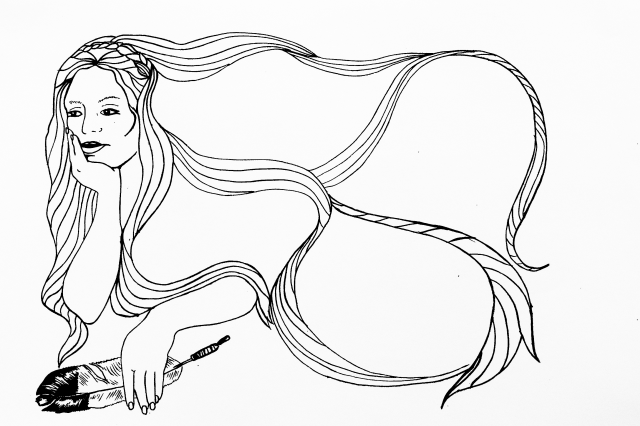The Art of Museum Education
NHM’s Teacher Advisory Council reimagines museum learning
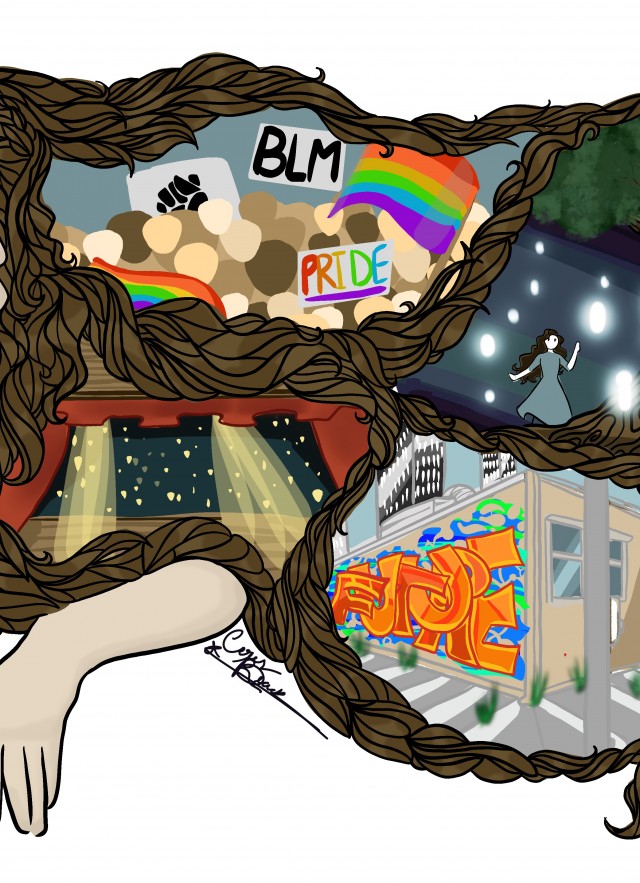
The above image by Ceres D. B.
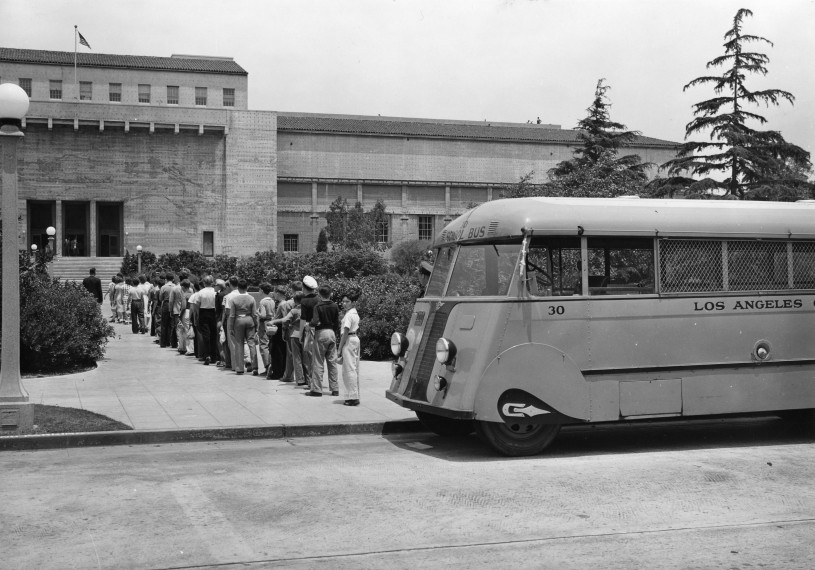
Many Angelenos first experience the Natural History Museum and La Brea Tar Pits as younger students at the end of a ride on a big bus. Sometimes, the only field trip a class will take in a school year is to one of our museums, a ringing endorsement of our educational value in an area as rich in educational and cultural institutions as Los Angeles. “In any given year, we'd have up to 200,000 kids walk through the doors at NHM or at Tar Pits for field trips. Seeing them on daily field trips, you can really viscerally see the wonder and excitement of being in the museum on their faces,” says Rachel Fidler, NHM’s Manager of School & Teacher Programs. Bringing that sense of wonder of our cultural and natural worlds into classrooms all around Southern California is a big part of Fidler’s work, and part of the seed behind the inaugural Teacher Advisory Council.
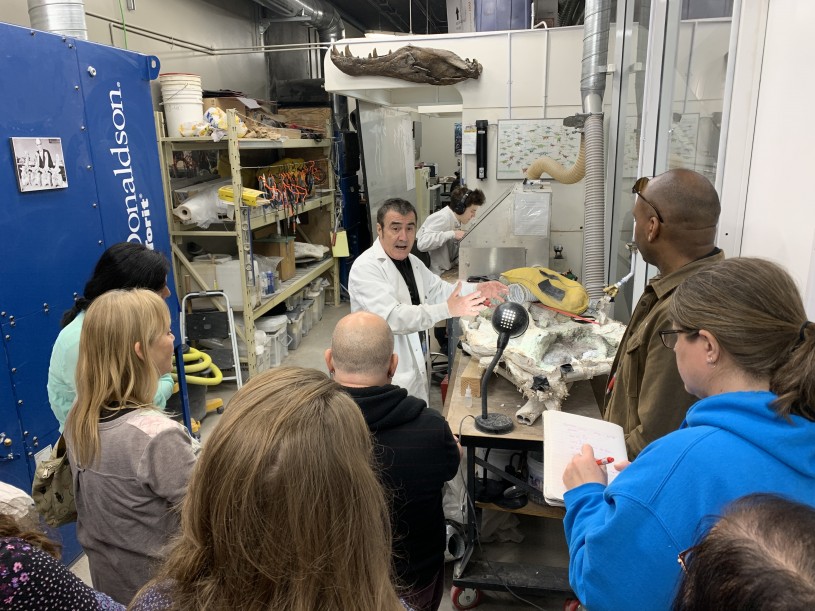
There’s a lot of science happening at NHM, so an experiment in education shouldn’t be surprising. In forming the first Teacher Advisory Council, or TAC, Fidler brought together a group of nine teachers from across the county ranging from preschool to high school to explore museum-based education in a longer-term cohort than the Teacher Workshops provided by the museum a daily basis. Recognizing the level of commitment and professionalism Council members brought to the table, Fidler included compensation for participation. It’s all part of honoring the expertise and dedication of our educator partners.

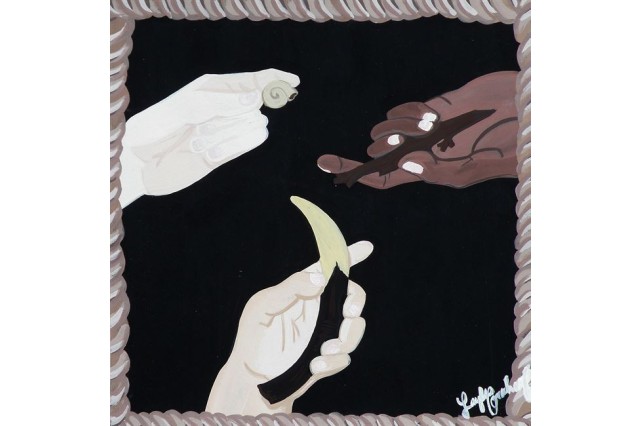

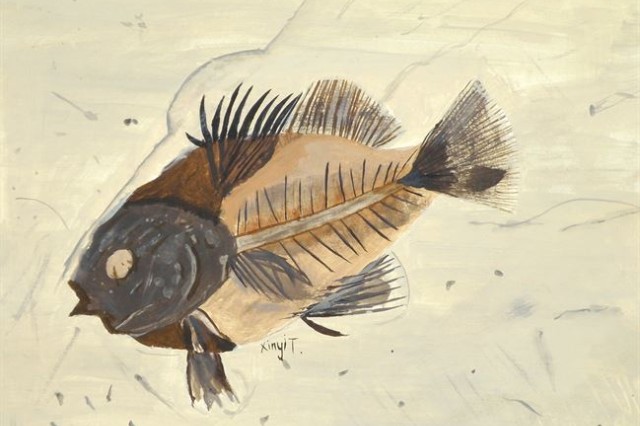
1 of 1
Work inspired by microfossil sorting project from Council Member Dominic Black's students at San Dimas High School
This “more longitudinal” experiment produced results. “With the Advisory Council, we have the added bonus of a real feedback loop with teachers. I see how these programs directly impact them and their students, which we don't always get the benefit of seeing. When you have a one-time museum workshop, teachers come in and you can tell they’re going to do something magical with their class after the program, but you don't necessarily get to know what that is or support that teacher further,” says Fidler.
It’s not just about figuring out what’s working in the classroom. The TAC experience has also created a real relationship of trust between Council teachers and our Education team, informing best practices within the Museum and turning these teachers into advocates for the Museum as an educational resource within their communities; and each Council member is working on their own interpretation of museum material to be used in the classroom, investing their individual expertise and creativity. “They're advocating for us in their communities: one of the teachers scheduled a meeting with the superintendent of his district to talk about how he's a representative on the Council, how he wants to make sure that the district knows that the museum has resources that are available to them,” says Fidler. “It's just amazing to witness. They're incredible people who care deeply about our museums. I feel very grateful and lucky that we have time and communication with them to ensure our museums are truly meeting the needs of local educators, students, and school communities. It's really special.”
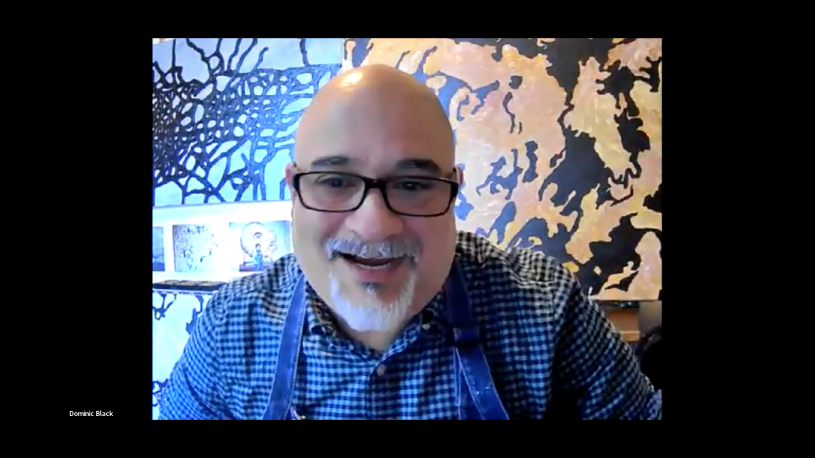
An Artist’s Eye On Collections
E. Dominic Black is one of those incredible people and exactly the kind of person you want teaching high school art. A talented artist in his own right, he’s funny, welcoming, a storyteller in the way the best teachers are, and incredibly stoked. Black’s energy even makes it over Zoom, a crucial asset for teaching through lock down. When it comes to teaching art, Black says,“It’s about inspiration.”
He’s been bringing science like La Brea Tar Pits’ microfossil sorting project into the art classroom for years as a way to motivate students and expand their understanding of art. “When they have the buy in, they care more about it, they really do. When they go and pick stegosaurus because they think it’s cool, automatically they want to do better.” With his Council project, Black has taken that idea even further. He’s developing a book to teach the fundamentals of art through the lens of NHM collections and exhibits. His lessons ask students to explore line through the Gem and Mineral Hall, color through the Nature Gardens and form in the Mammal Halls, just to name a few. It’s an innovative way to activate the collections, and as Black runs through it in detail, it’s impossible not to get excited about the possibilities.
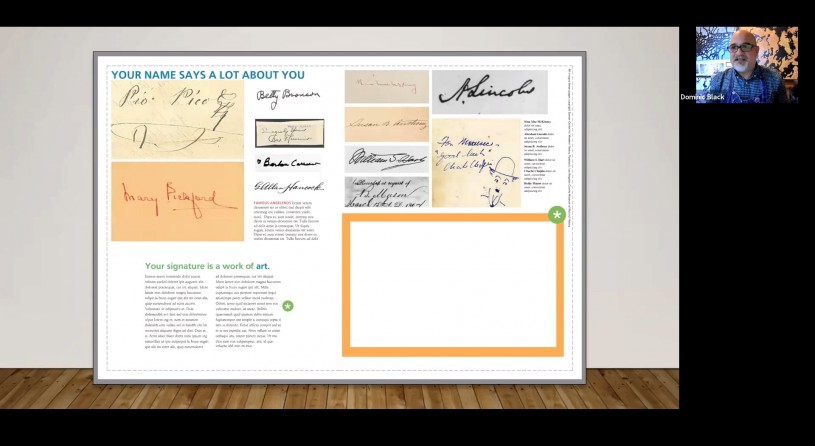
The curriculum is designed to be used both in the Museum’s physical space (note the helpful maps guiding students to exhibition halls), continued back at home, or entirely remotely. It’s a hybridized approach that extends the reach of the Museum, allowing students to connect with NHM past their initial visit and despite the current closure. But Black’s inspiration for the project stems from the difficulties in getting students to the Museum regardless of lockdowns. “Budgets have dried out, that’s kind of the impetus for wanting to make a curriculum based on this beautiful museum that some kids can never get into. We’re bringing it to you now.” It’s the kind of creative thinking you’d hope from an art teacher, prefiguring closure and addressing a real need for bringing the wonder and excitement of being in the Museum to students who can’t reach us.
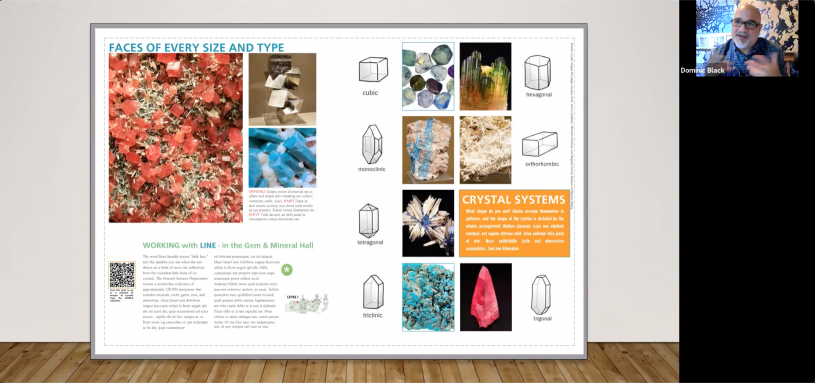
Exploring Creativity
Black reflects a lot of that wonder when he talks about his experience on the council. “I feel like Rachel and the TAC have really given me a springboard to create something completely new that hasn’t existed before – an art curriculum based on a museum collection that’s not an art museum – and frankly I’ve looked – art museums don’t have this (shh don’t tell ‘em).” The longer term interaction with his peers and Fidler on the Council inspired this innovative approach. It’s something that comes up again and again in my conversations with Fidler and Black, the importance of having space to think creatively and engage honestly with peers.
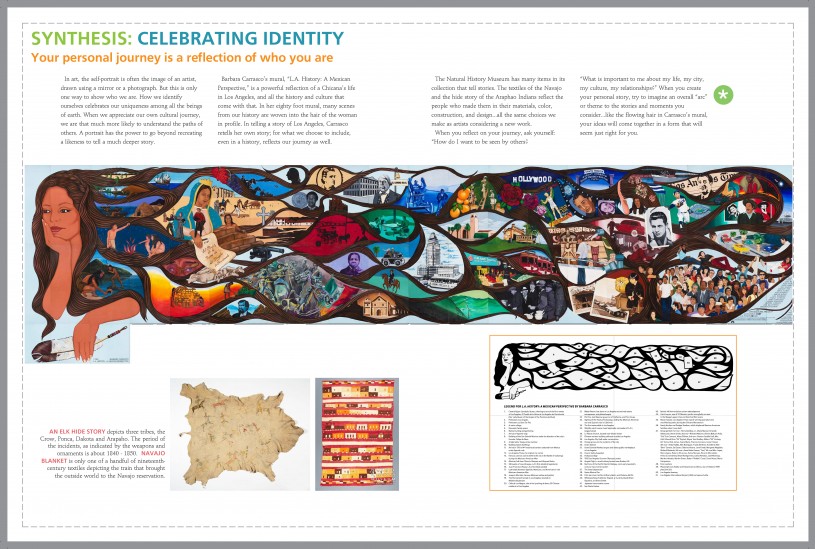
“Since our closure in March, we have actually served over 200,000 students, teachers and community members through virtual programming,” says Fidler, reaching more students than would typically visit in a year’s time. It’s an incredible number and speaks to the possibilities of rethinking how NHM engages with students. In the same way, the Council speaks to the incredible value of long term, personal connections with educators. As they interview Collections Managers and Curators, Black and the Council members are finishing up their projects, which will be free to the public and educators for download on our website. Their dedication to Museum education and the educational materials they produce will benefit countless students, and while Fidler will miss working with these extraordinary educators, the next cohort will steep even more passionate teachers in the wonder of museum collections. Maybe Mr. Black put it best: “This is what happens when you put passionate people in a room together and say, ‘what do you guys want to do to make this better?’ Are you kidding? Here we go!”
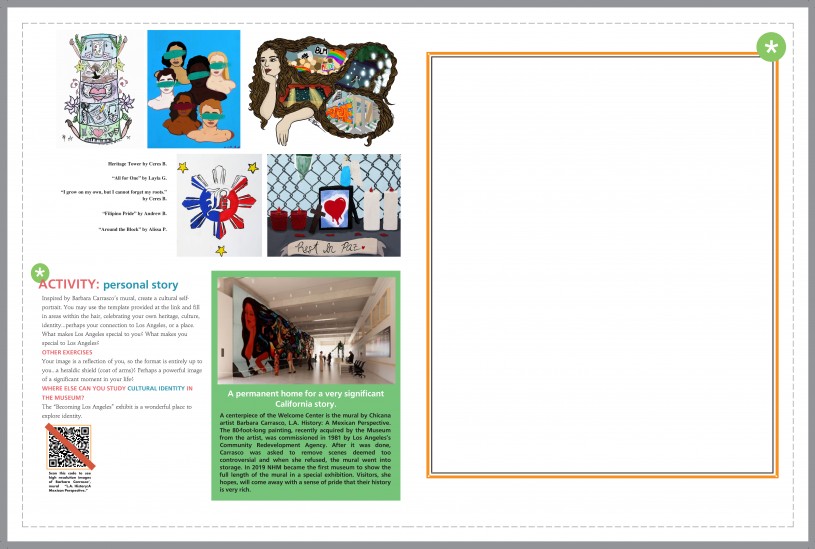
Stay tuned for more on the Teacher Advisory Council and all things educational and explore some of Mr. Black's project for yourself or with your young learners at home below.
